For a thriving flower garden in rocky soil conditions, careful plant selection is essential early in the growing season. Many flowers can adapt to rocky terrain when planted at the right time, allowing them to establish strong root systems and produce beautiful blooms.
Consider each plant’s specific needs and hardiness. In some areas, these flowers may bloom earlier or later depending on local climate. Your nearby garden center or agricultural extension office can provide guidance. Here are the top choices for flowers that flourish in rocky soil.
Yarrow

Yarrow prefers full sunlight for optimum growth and is well-known for its extended flowering season, which spans from late spring to summer. It is a perennial that comes back every year in hardiness zones 3 through 9, showing a high degree of resilience. Many gardeners will find this plant to be a practical choice because it requires very little maintenance once established, requiring only occasional watering. Yarrow’s attraction to pollinators is not limited to flowers; it also draws butterflies and bees, which helps to sustain nearby ecosystems.
Lavender
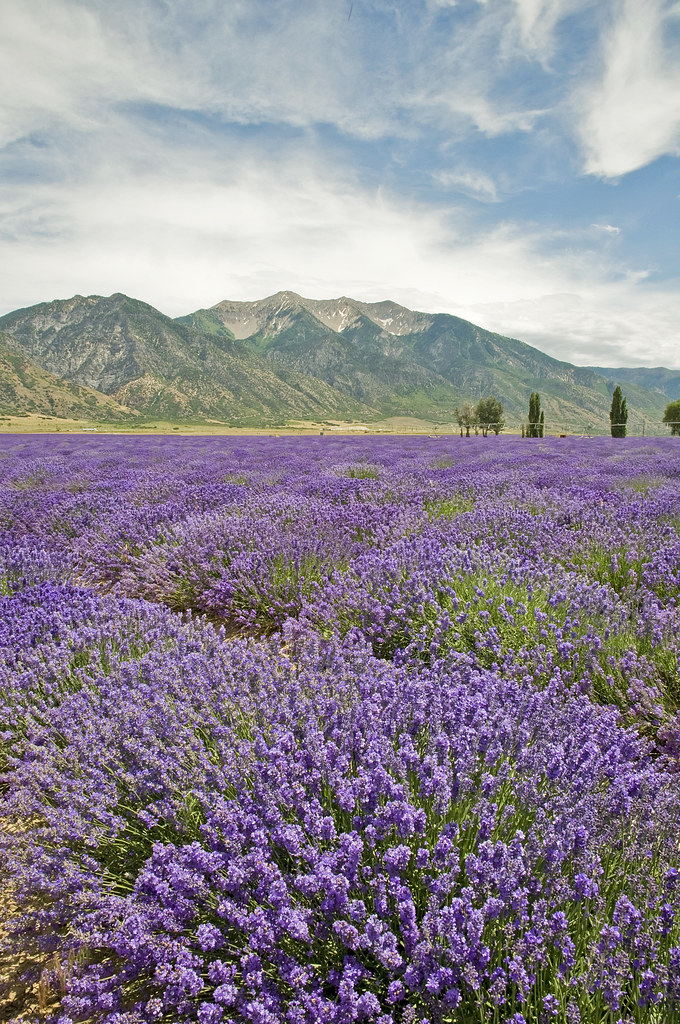
Lavender has a long flowering cycle and blooms from early to midsummer. It grows in USDA hardiness zones 5 through 9, making it a perennial. Lavender requires at least six hours of direct sunlight per day in order to grow to its maximum potential. It is a great addition to a garden since pollinators like bees and butterflies find it quite beautiful. It requires frequent watering until it takes root, at which point it becomes highly drought-tolerant.
Black-Eyed Susan
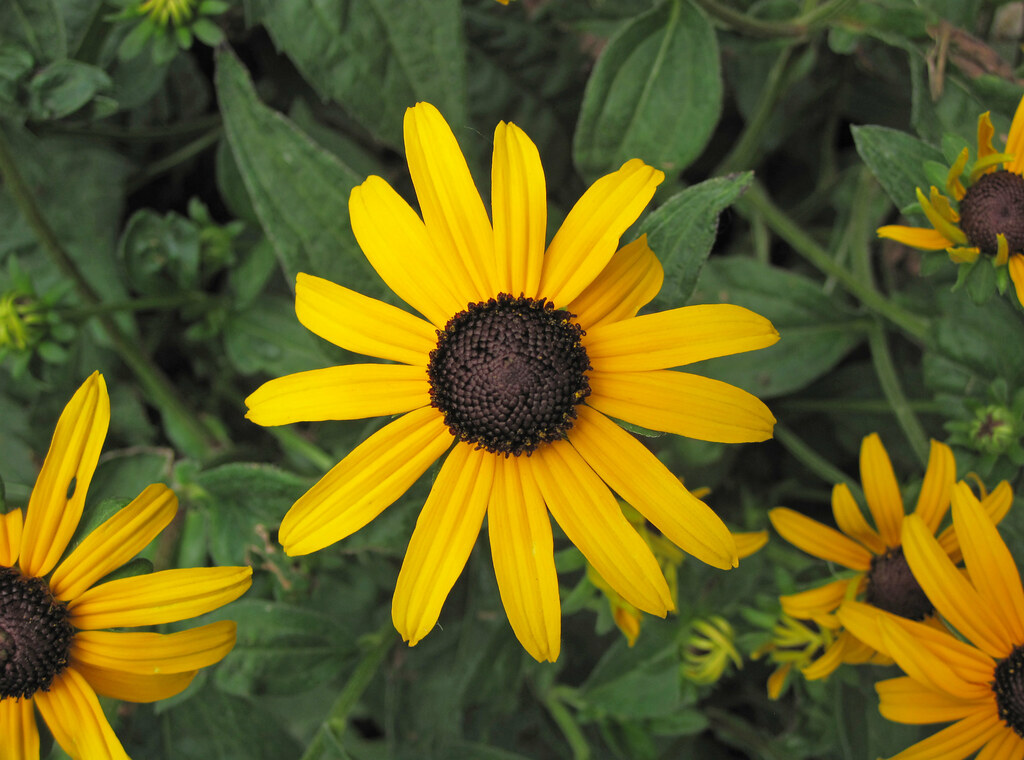
Black-Eyed Susans offer prolonged seasonal appeal with their blooms from early summer to fall. This plant needs well-drained soil and grows best in full light. It is a perennial that performs consistently in a variety of climates and is suitable for USDA hardiness zones 3 through 9. Black-Eyed Susans are good for pollinator gardens since they also draw butterflies and bees.
California Poppy
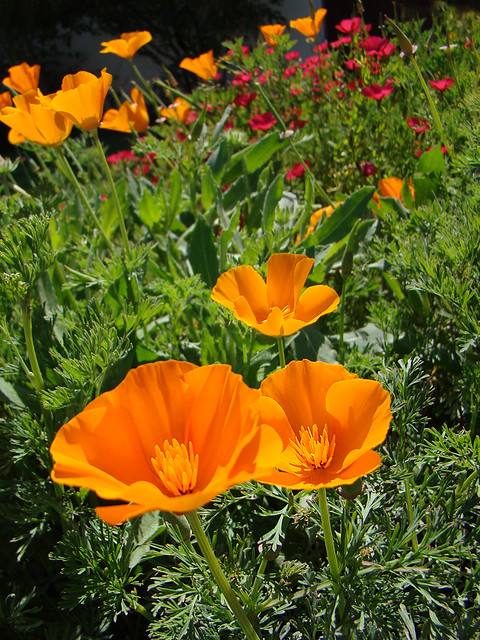
California Late April is when poppies start to bloom, and they usually last until early summer. They need well-draining soil to grow and do best in full sun. In most places, these flowers are annuals, but in milder conditions, they may be perennials. Once established, they require little maintenance as they just require infrequent watering and are resistant to drought.
Sedum
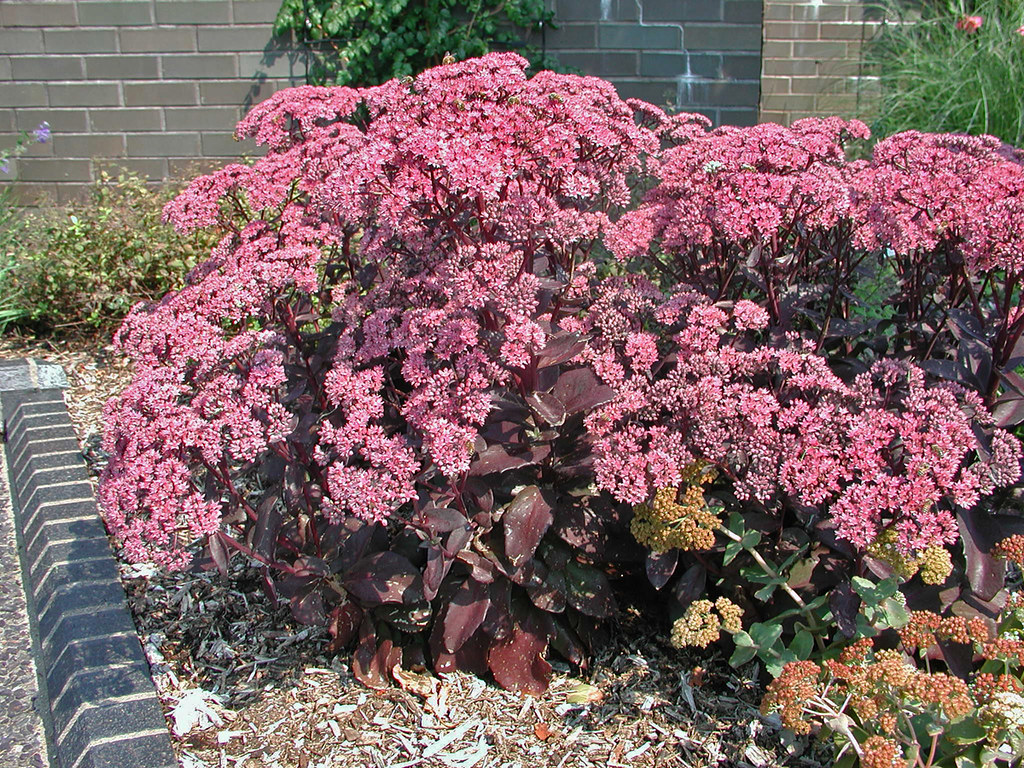
Because of their resilience and low water requirements, sedum plants do well in well-drained soils and make excellent low-maintenance garden plants. These perennials are colored in a variety of hues, from purple and red to green and blue. They are healthier and more suited to their ideal form when exposed to direct sunlight. Sedums also attract pollinators, such as butterflies and bees, which helps with eco-friendly gardening by sustaining the surrounding ecosystem.
Coreopsis

Coreopsis flowers grow well in well-draining soil and are available in a variety of colors, including yellow, pink, and red. Although they can withstand droughts in general, they do benefit from periodic irrigation during protracted dry spells. Their low maintenance needs make them a great option for gardeners looking for low-maintenance plants. Depending on the species, coreopsis can be either annual or perennial. They have a long color season from early summer to October when they bloom.
Gaillardia

Gaillardia, sometimes referred to as blanket flower, is a plant that does well in locations that are prone to dryness since it grows best in direct sunshine and needs little irrigation after it is established. This resilient perennial, which is often found in USDA hardiness zones 3 through 10, likes well-drained soil. Its vibrant blooms, which range in color from red to yellow to orange, draw a wide range of pollinators, including butterflies and bees. Maintenance is straightforward, typically involving deadheading to prolong blooming.
Russian Sage
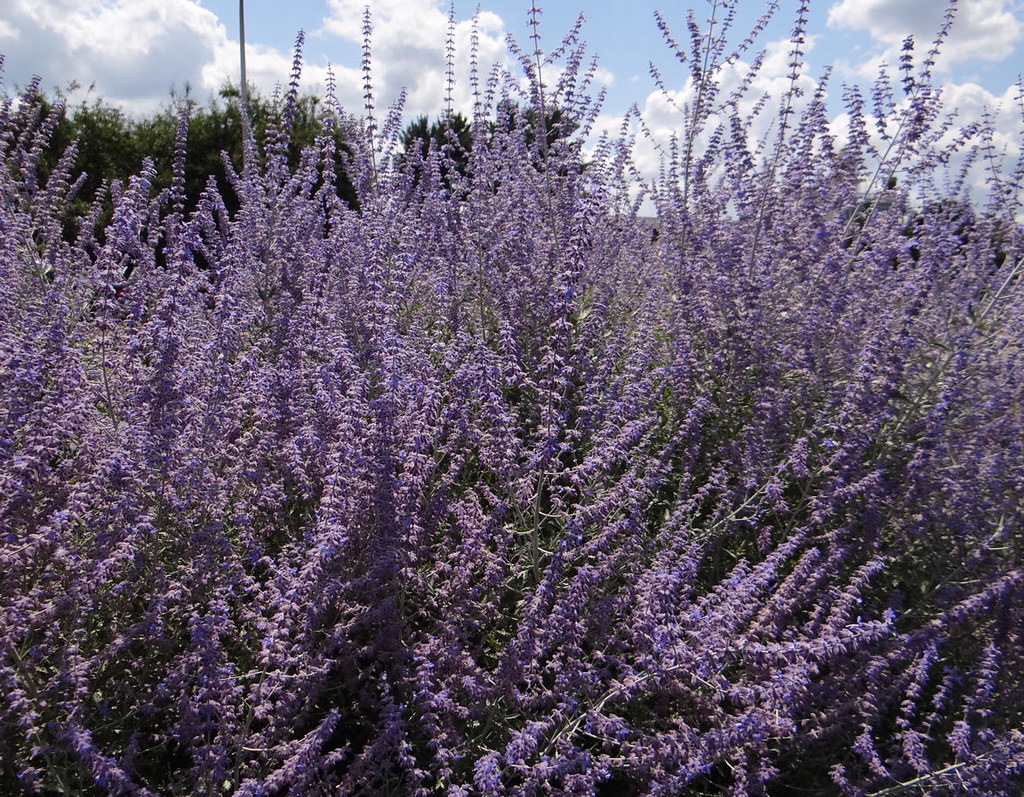
Russian sage, which is prized for its aromatic silvery leaf, grows best in gardens in hardiness zones 4 through 9, where it enjoys full sunlight and well-drained soil. Once established, this perennial needs little care and is drought-tolerant, requiring little watering. Russian Sage makes tiny, lavender-blue blooms that bloom from midsummer to early fall. These flowers are very appealing to bees and butterflies, making Russian Sage a great plant for pollinator gardens.
Verbena
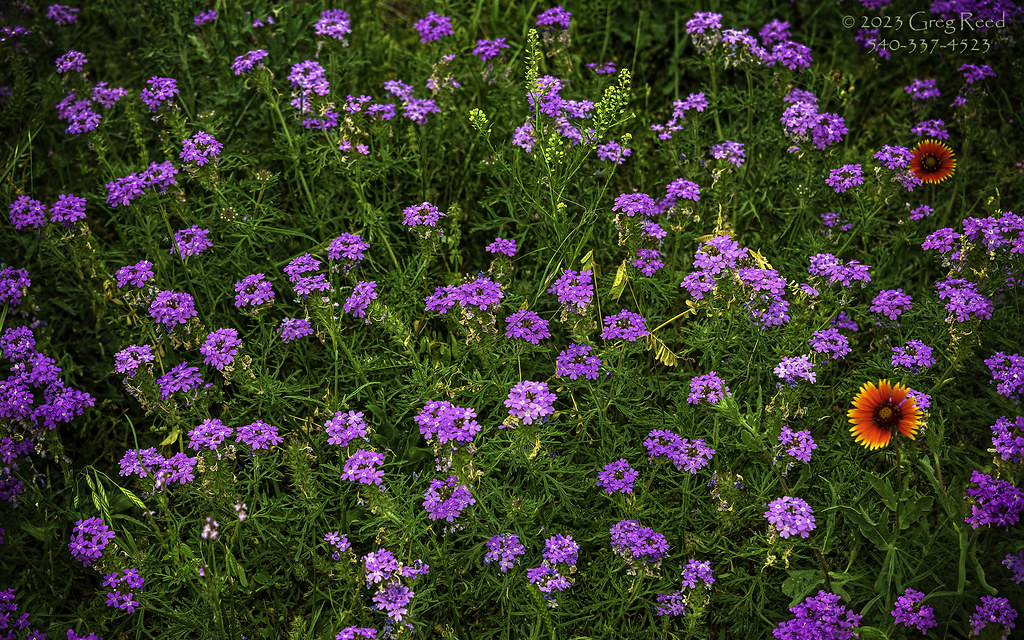
Verbena flowers bloom for a long time; they frequently do so from late spring until the first frost in the fall. They are available in a variety of hues, including as purple, pink, red, and white. These plants need at least six hours of direct light per day, and they do best in full sun. Well-drained soil is preferred by verbena, and it’s best to keep soil moisture levels moderate enough to prevent soggy conditions. They attract a variety of pollinators, including butterflies and bees.
Blanket Flower

Gaillardia, another name for the blanket flower, is a perennial that needs well-drained soil and full sun to flourish. It provides a lengthy season of delight from early summer to autumn, when it is in bloom. Because they come in an array of hues, such as orange, yellow, and red, pollinators like butterflies and bees find them very appealing. Blanket flowers are also low-maintenance additions to many gardens since they are resistant to deer.
Catmint

A perennial that blooms for a long time, usually from late spring to early fall, is catmint. Once established, it can withstand droughts and grows well in both full sun and partial shade with moderate maintenance. This plant is a great addition to any garden because it attracts pollinators like bees and butterflies in particular. Furthermore, catmint typically resists rabbits and deer well, which lowers the need for frequent upkeep.
Rock Cress
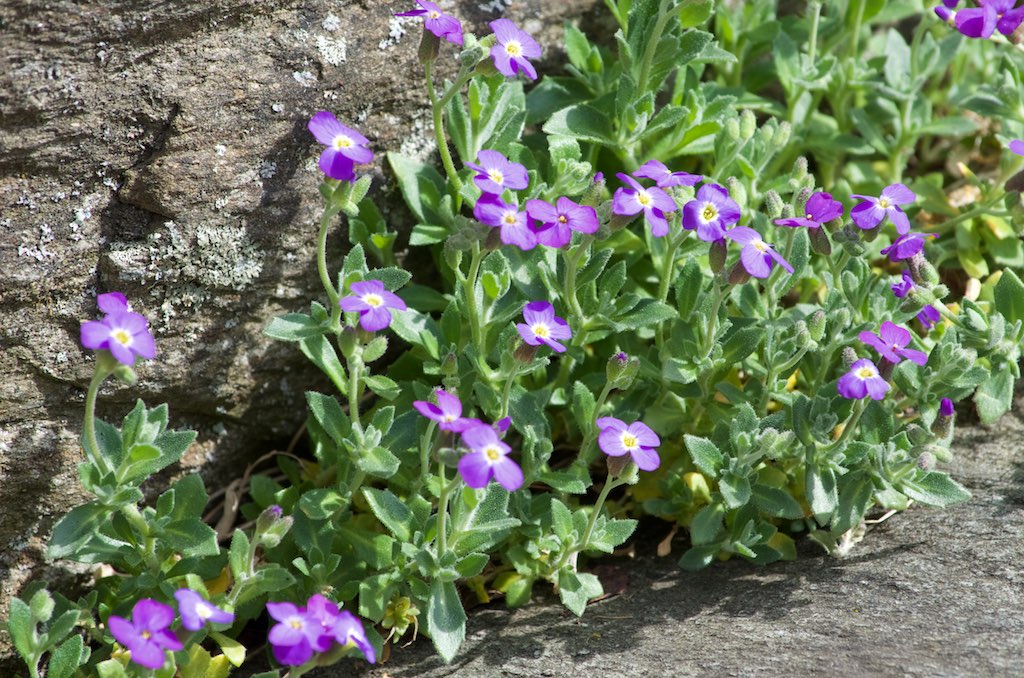
Usually blooming in early spring, rock cress provides a pop of color that lasts for several weeks. It may give variety to garden beds and comes in purple, pink, and white hues. It prefers full sun to light shade and grows best in well-drained soil. This plant can be grown in a variety of climates because it is hardy in USDA hardiness zones 4 through 9. Furthermore, Rock Cress is a perennial plant that yields consistent blooms every year.
Beardtongue
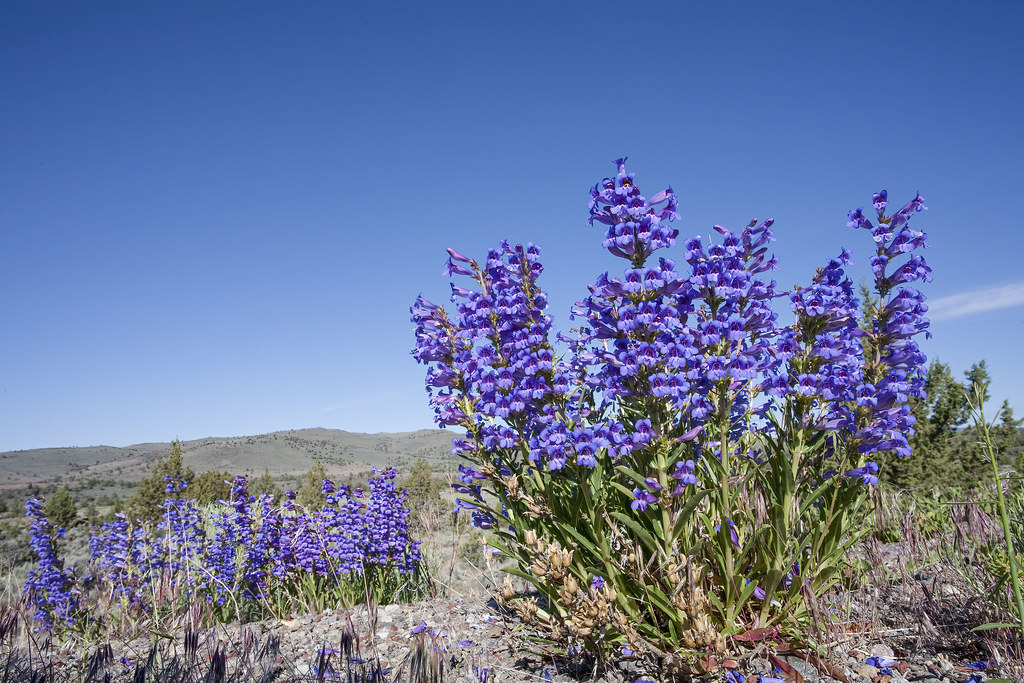
Penstemon, often known as beardtongue, usually blooms for many weeks in late spring or early summer. The flowers are blue, purple, pink, and red, among other hues. This perennial plant grows well in USDA hardiness zones 3 through 8. Beardtongue is generally low maintenance; it prefers well-drained soil and moderate watering. Its tubular blooms also attract butterflies and bees, which increases the biodiversity of the garden.
Daylilies
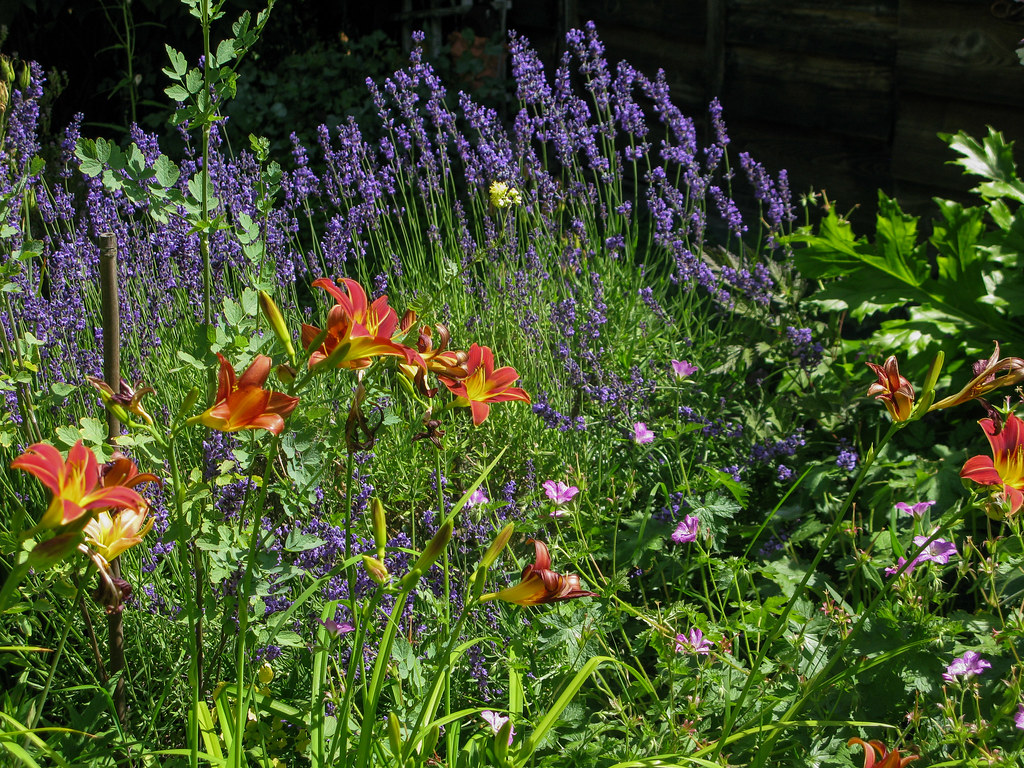
Perennial daylilies are noted for their brief bloom period; each flower typically lasts for a single day, even though the plant produces blooms for several weeks. Shades of yellow, orange, red, and pink are among the many colors that these blossoms are available in. Pollinators, such as bees and butterflies, are drawn to daylilies. They are a versatile addition to many gardens, as they can withstand little shade while still thriving in full sun.
Echinacea
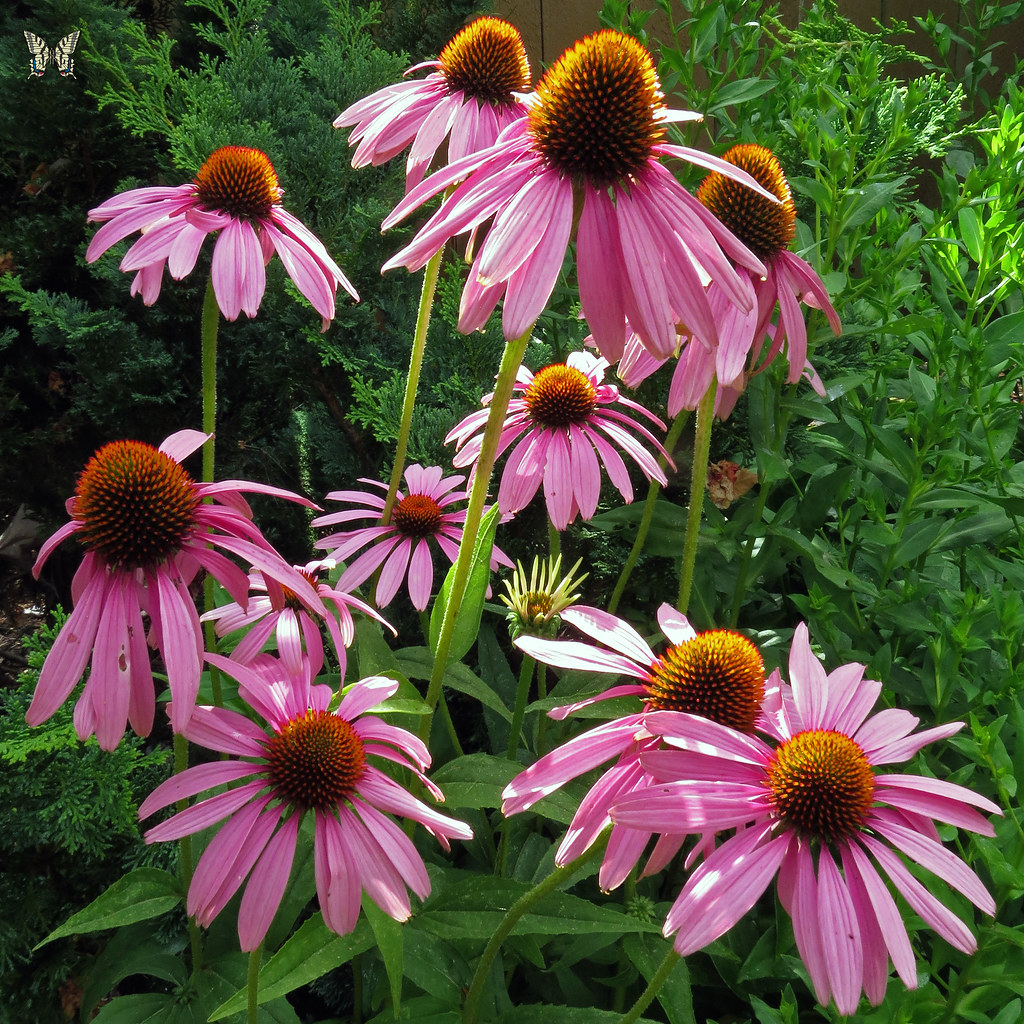
Coneflower, or Echinacea, blooms from early summer to fall, giving it a long-lasting presence in gardens. These perennials have remarkable climate flexibility, flourishing in USDA hardiness zones 3 through 9. Echinacea is a great plant for novice gardeners because it needs little care and enjoys well-drained soil. Furthermore, pollinators like butterflies and bees are drawn to these blooms, which increases the biodiversity of any garden area.